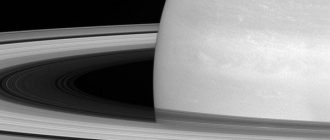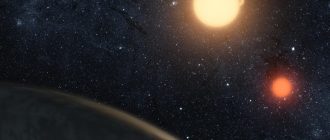

NASA's Voyager 1 space probe went beyond our solar system last year. After 40,000 it will approach the star AC + 79 3888. It sounds fantastic, but imagine an alien civilization ahead of us in technological development by 40,000 years.
What if scientists on this planet had sent their probe for 40,000 years? Is it possible that the Earth is an object for a similar study? What if these extraterrestrials a million years ago led to the birth of humanity?
University of Edinburgh professors Arwen Nicholson and Duncan Forgana asked similar questions and formulated several theories.
They published an article in the International Journal of Astrobiology last year, explaining a technique that could dramatically reduce the time it takes to send out probes. They also admitted the possibility that extraterrestrial civilizations could send probes into our solar system, and this could have been done for a very long time. It is possible that this process continues to this day, and probes are sent by various types of aliens.
In addition, probes can be so technologically advanced that we cannot even detect them. The fact that we have not seen any probes does not mean that there are none, mathematicians say.
According to Albert Einstein's theory of relativity, it is impossible to travel faster than the speed of light. This raised the question of how hypothetical aliens could reach our planet in a relatively short period of time if they live many light years away.
Some scientists have questioned Einstein's theory of relativity, but it is still fundamental to understanding cosmic motion. But even within the framework of this theory, space travel can be much faster than previously thought.
Nicholson and Fontana believe that the probes are able to accelerate due to the gravitational force of cosmic bodies. This slingshot effect, combined with the ability to self-replicate, could allow an alien civilization to explore the entire Milky Way galaxy over 10 million years without the need to travel faster than the speed of light. In reality, for this mission, the probes would need to reach only 10% of the speed of light.
Despite the fact that 10 million years seems like an incredibly long time, on the scale of the galaxy and space, it is a very short period.
Two professors created their theory based on the works of mathematician and physicist John von Neumann, who first formulated a model of a self-replicating machine in the 40s of the last century.
According to this concept, a self-replicating probe is sent to a distant star system, and upon arrival, it collects the necessary materials there and builds another probe. The new probe flies off to study another star system, while the parent probe remains on the planet and completes its mission.
Source: www.epochtimes.ru






